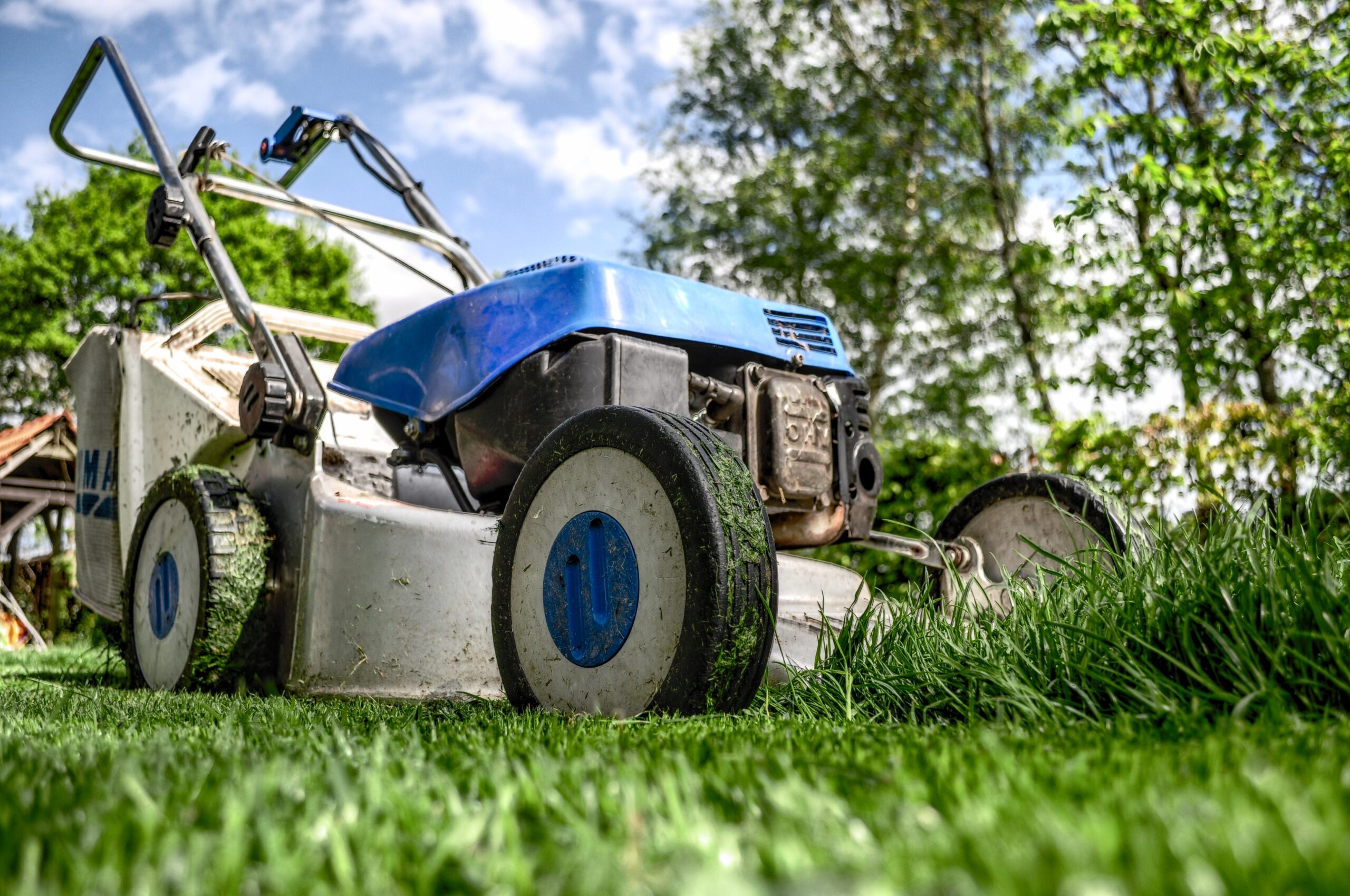Introduction
Are you wondering how short to cut Bermuda grass for a beautiful, well-maintained lawn? Look no further! In this comprehensive guide, we’ll dive into the optimal grass height for Bermuda grass, the benefits of proper lawn maintenance, and expert tips to help you achieve a lush and healthy lawn. Whether you’re a seasoned gardener or a beginner looking to improve your lawn care skills, this article has got you covered. So, let’s get started on your journey to a stunning Bermuda grass lawn!
How Short to Cut Bermuda Grass: Finding the Perfect Length
Maintaining the right height for your Bermuda grass is crucial for its overall health and appearance. But how short should you cut it? Let’s explore the ideal grass length for Bermuda grass lawns.
The Optimal Length for Bermuda Grass
When it comes to Bermuda grass, it’s recommended to keep it at a height of around 1 to 1.5 inches. This length promotes healthy growth and allows the grass to thrive in various weather conditions. Cutting the grass too short can result in stress and vulnerability to weeds, while leaving it too long can lead to thatch buildup and reduced sunlight penetration. Therefore, maintaining the optimal length is key to a vibrant and resilient Bermuda grass lawn.
Benefits of Cutting Bermuda Grass at the Right Height
Cutting Bermuda grass at the proper height offers several advantages, including:
- Enhanced resilience: Maintaining Bermuda grass at an optimal length strengthens its ability to withstand drought, pests, and diseases.
- Reduced weed growth: By keeping the grass at an appropriate height, you create a dense canopy that inhibits weed growth, resulting in a healthier and more attractive lawn.
- Improved aesthetics: Bermuda grass cut to the right height presents a manicured appearance, adding curb appeal and increasing your overall enjoyment of your outdoor space.
Expert Tips for Cutting Bermuda Grass
Achieving the perfect grass height is just the beginning. To ensure optimal lawn health, follow these expert tips for cutting Bermuda grass.
Use the Right Mowing Equipment
Investing in a high-quality mower with sharp blades is essential for achieving a clean cut. Dull blades can tear the grass instead of cleanly slicing through it, leading to frayed ends and increased susceptibility to diseases. Regularly inspect and sharpen your mower blades to maintain their effectiveness.
Avoid Scalping the Lawn
Scalping occurs when you cut the grass too short, removing a significant portion of the blade. This practice weakens the grass and leaves it vulnerable to stress, pests, and diseases. To prevent scalping, adjust your mower’s cutting height to the recommended range for Bermuda grass.
Practice the One-Third Rule
To maintain the health and vigor of Bermuda grass, adhere to the one-third rule. This rule states that you should never remove more than one-third of the grass height in a single mowing session. Following this guideline ensures that the grass retains sufficient leaf surface for photosynthesis and minimizes stress on the plant.
Alternate Mowing Patterns
Mowing your Bermuda grass in the same direction every time can lead to soil compaction and unsightly lawn patterns. To avoid these issues, change your mowing pattern regularly. This technique promotes upright growth and prevents soil compaction, resulting in a more even and attractive lawn.
Adjust Mowing Frequency Based on Growth Rate
The growth rate of Bermuda grass varies depending on factors such as temperature, rainfall, and fertilization. Adjust your mowing frequency accordingly to maintain the recommended height. During periods of rapid growth, you may need to mow more frequently, while in slower growth periods, you can extend the time between mowing sessions.
FAQs about Cutting Bermuda Grass
Can I cut Bermuda grass shorter than the recommended height?
While it’s best to adhere to the recommended height range, you can occasionally mow Bermuda grass slightly shorter. However, be cautious not to scalp the lawn, as this can damage the grass and impede its growth.
Is it necessary to bag the clippings when mowing Bermuda grass?
Bagging clippings is not necessary for Bermuda grass. The clippings act as natural mulch, returning nutrients to the soil as they decompose. However, if the clippings are excessive or clump together, it’s advisable to collect them to prevent smothering of the grass.
Can I mow Bermuda grass when it’s wet?
It’s generally recommended to avoid mowing Bermuda grass when it’s wet. Wet grass can clog the mower and result in an uneven cut. Additionally, mowing wet grass can lead to the spread of diseases. Wait for the grass to dry before mowing for the best results.
Should I aerate my Bermuda grass lawn?
Aeration can benefit Bermuda grass lawns by improving soil compaction and enhancing root growth. Consider aerating your lawn every one to two years, preferably during the grass’s active growing season.
Is it necessary to water Bermuda grass after mowing?
Watering immediately after mowing is not necessary for Bermuda grass. However, if you mow during a dry period, it’s advisable to water your lawn to promote optimal growth and recovery.
Can I cut Bermuda grass with a rotary mower?
Yes, a rotary mower is suitable for cutting Bermuda grass. Ensure that the mower’s blades are sharp and set to the recommended height for the grass variety.
Conclusion
Maintaining the proper height when cutting Bermuda grass is crucial for a lush and healthy lawn. By following the guidelines outlined in this comprehensive guide, you’ll be well on your way to achieving a vibrant Bermuda grass lawn that will be the envy of the neighborhood. Remember to invest in quality mowing equipment, avoid scalping the lawn, and practice regular mowing with the one-third rule in mind. With these expert tips and your dedication to proper lawn care, you’ll enjoy a stunning Bermuda grass lawn for years to come.








